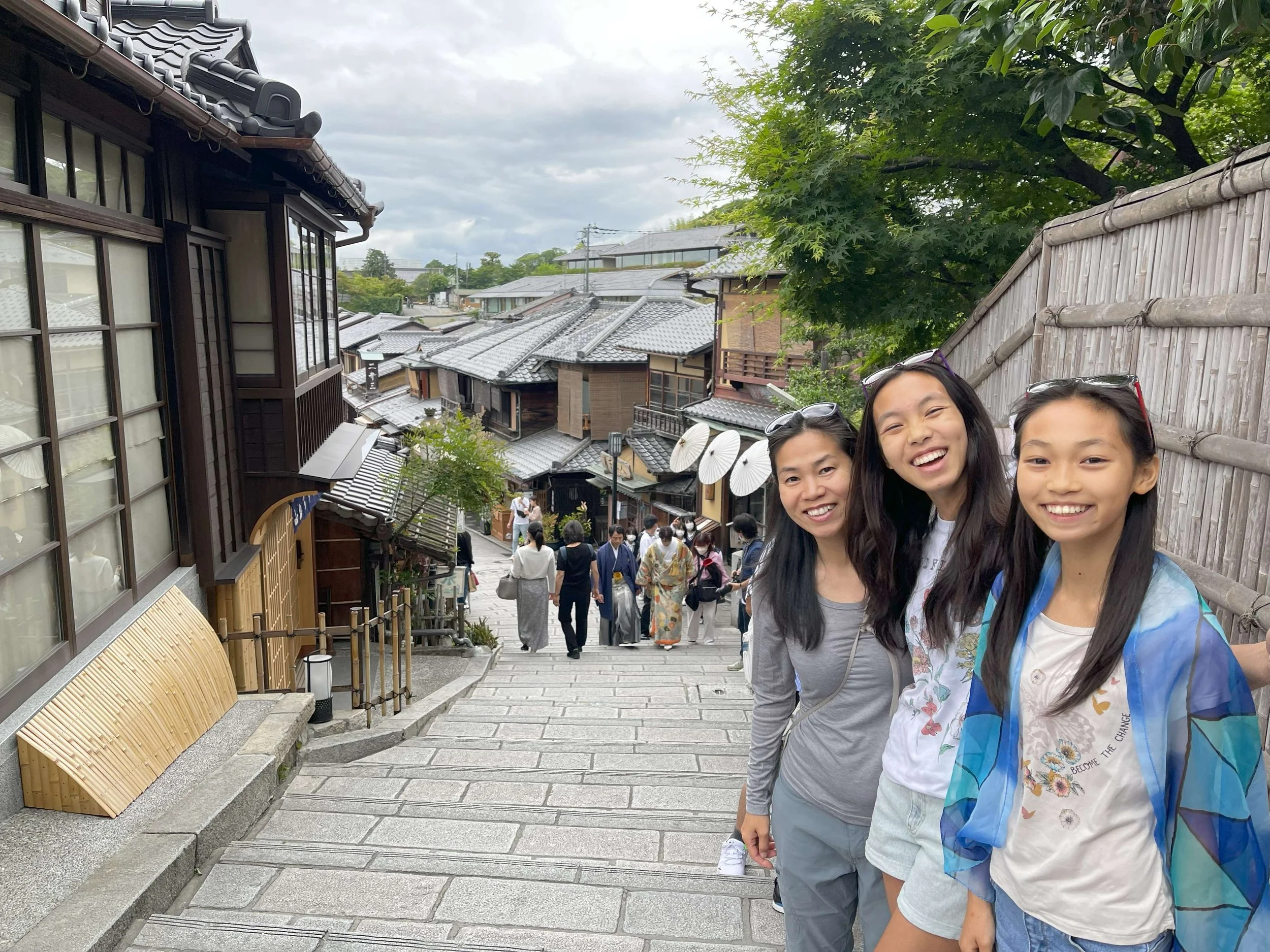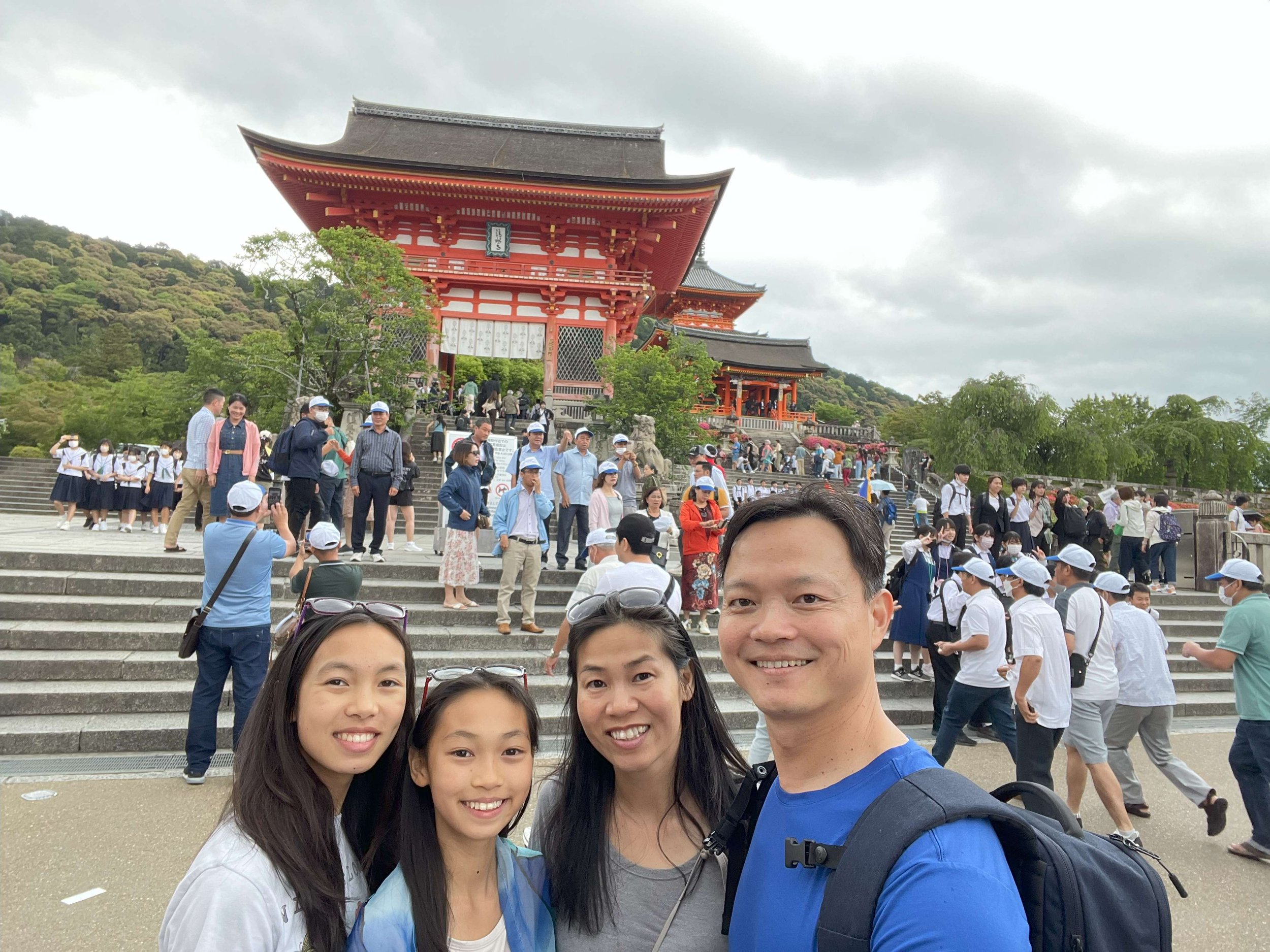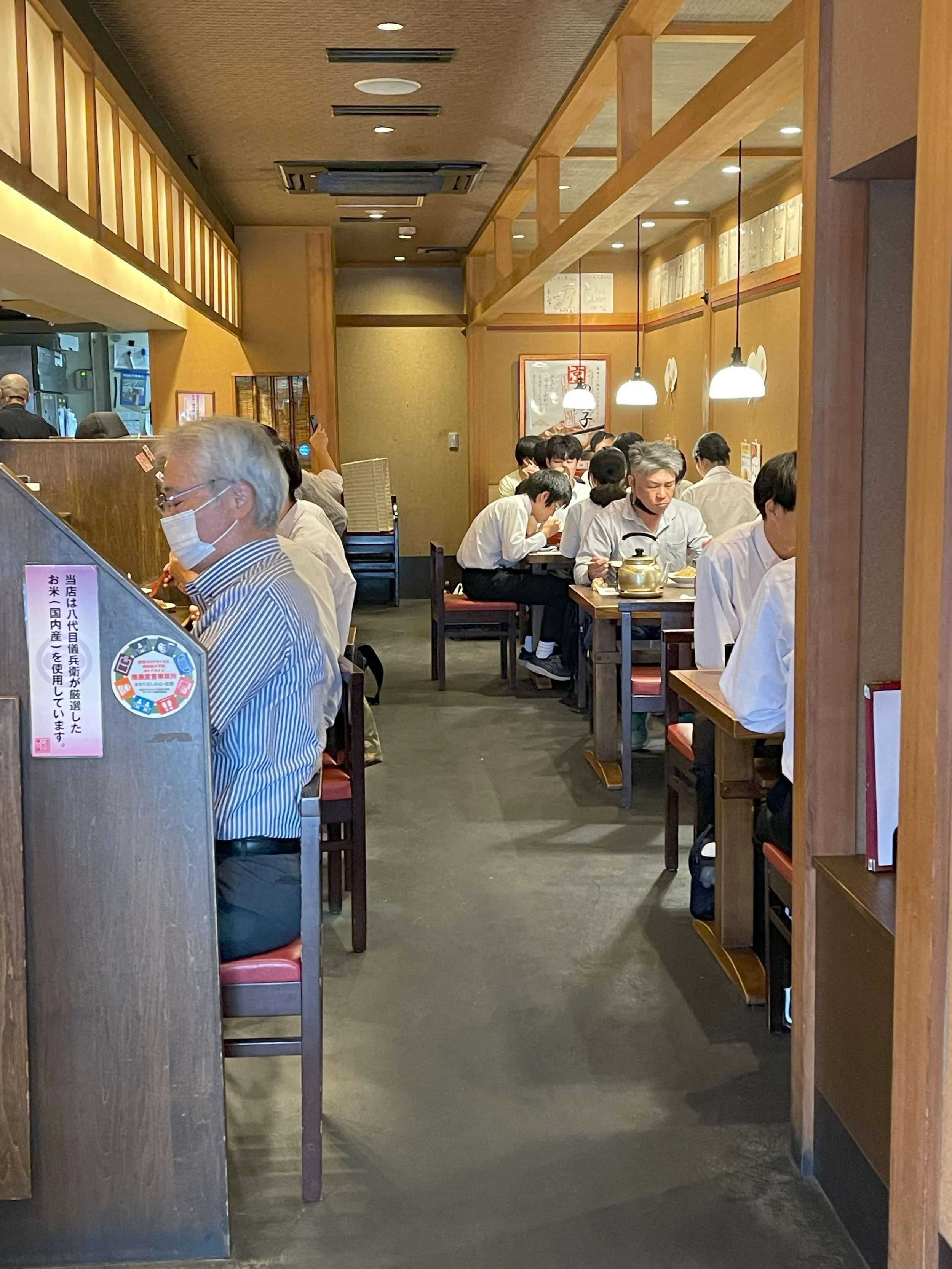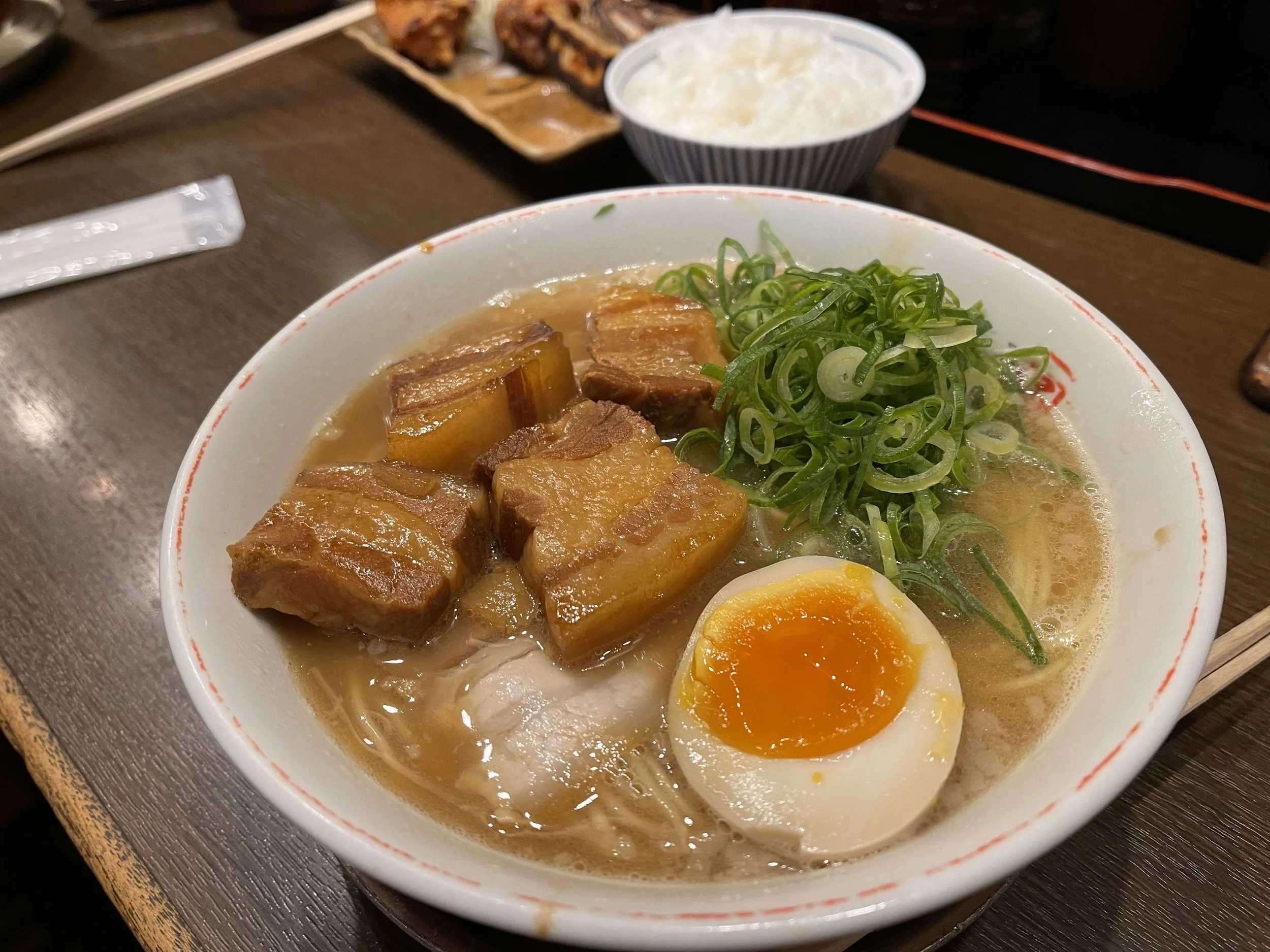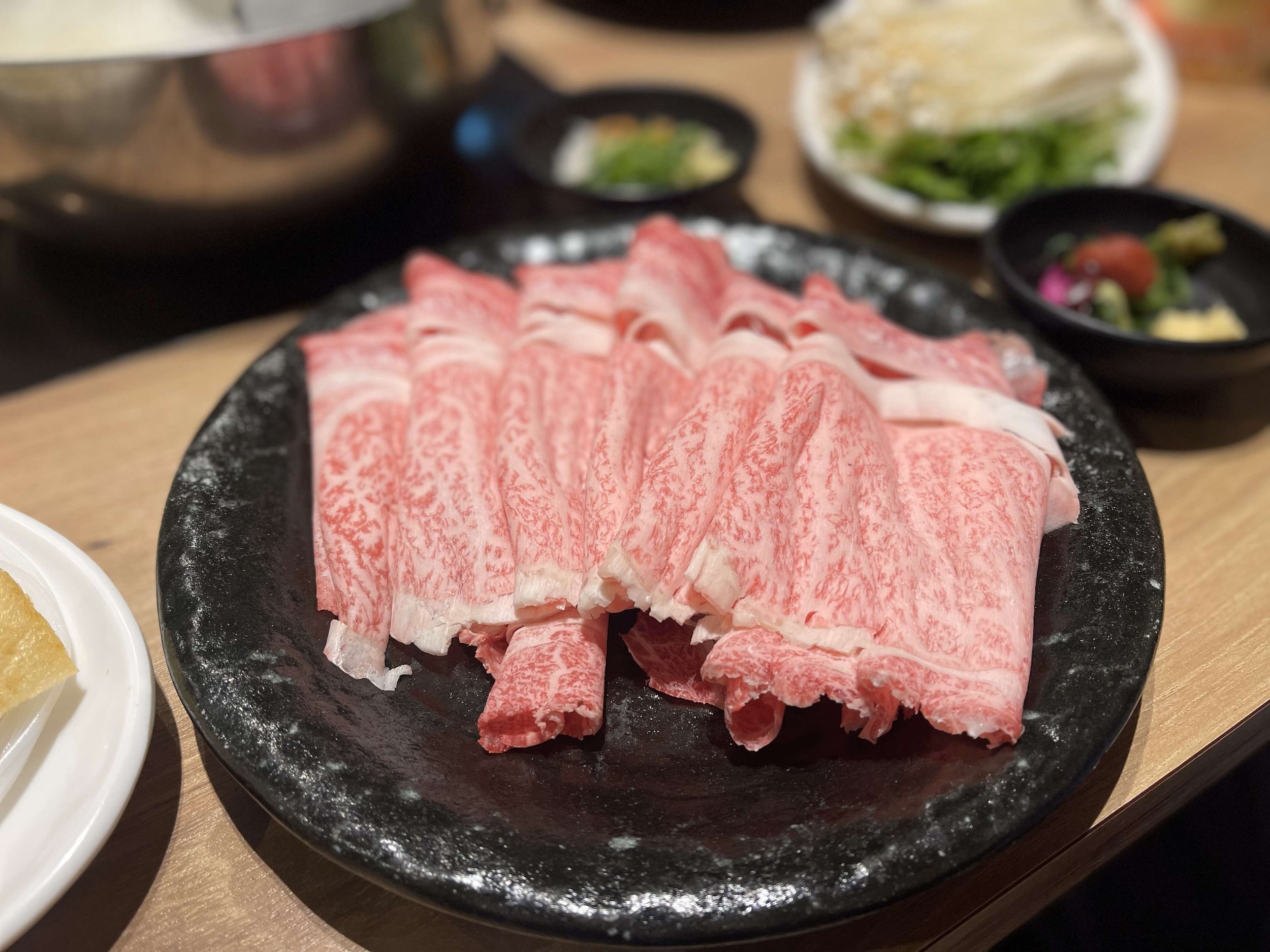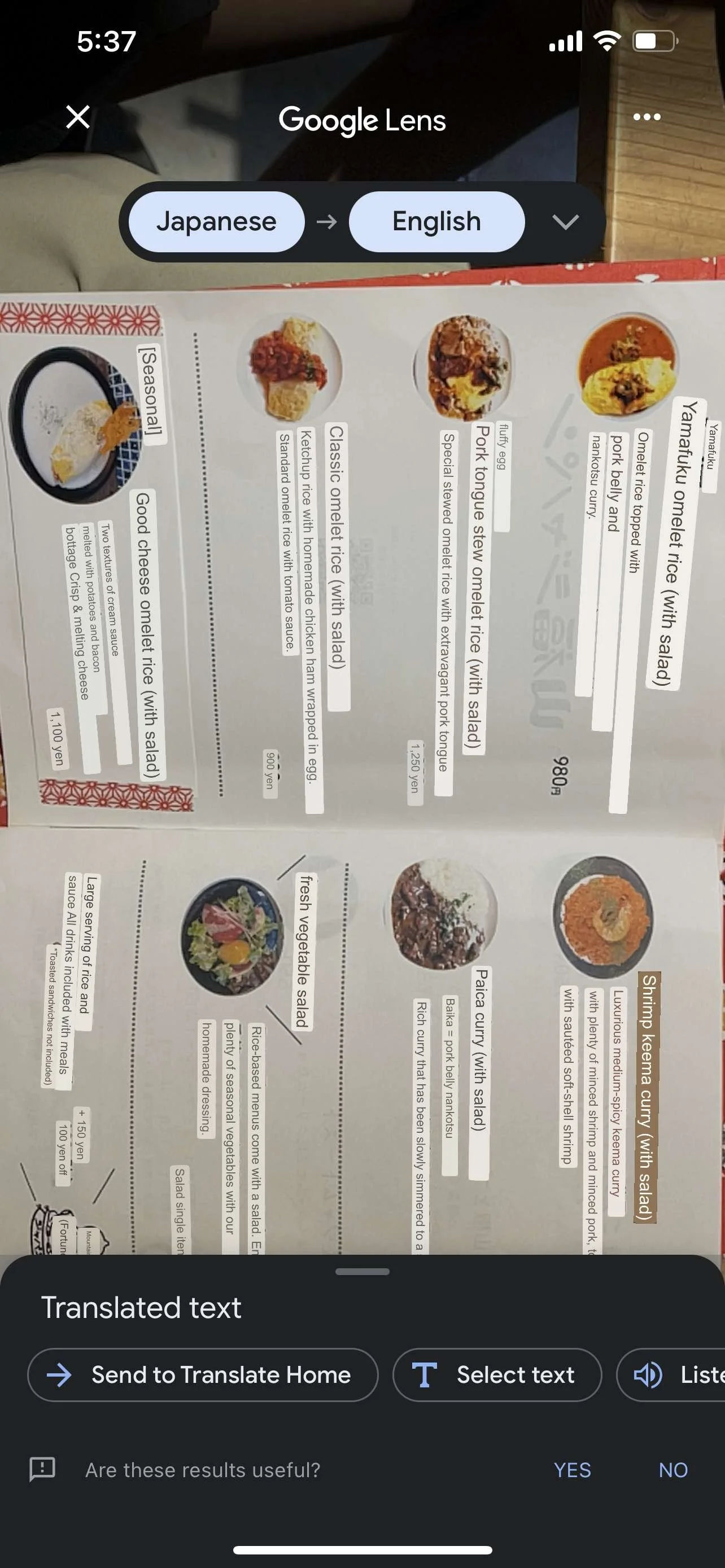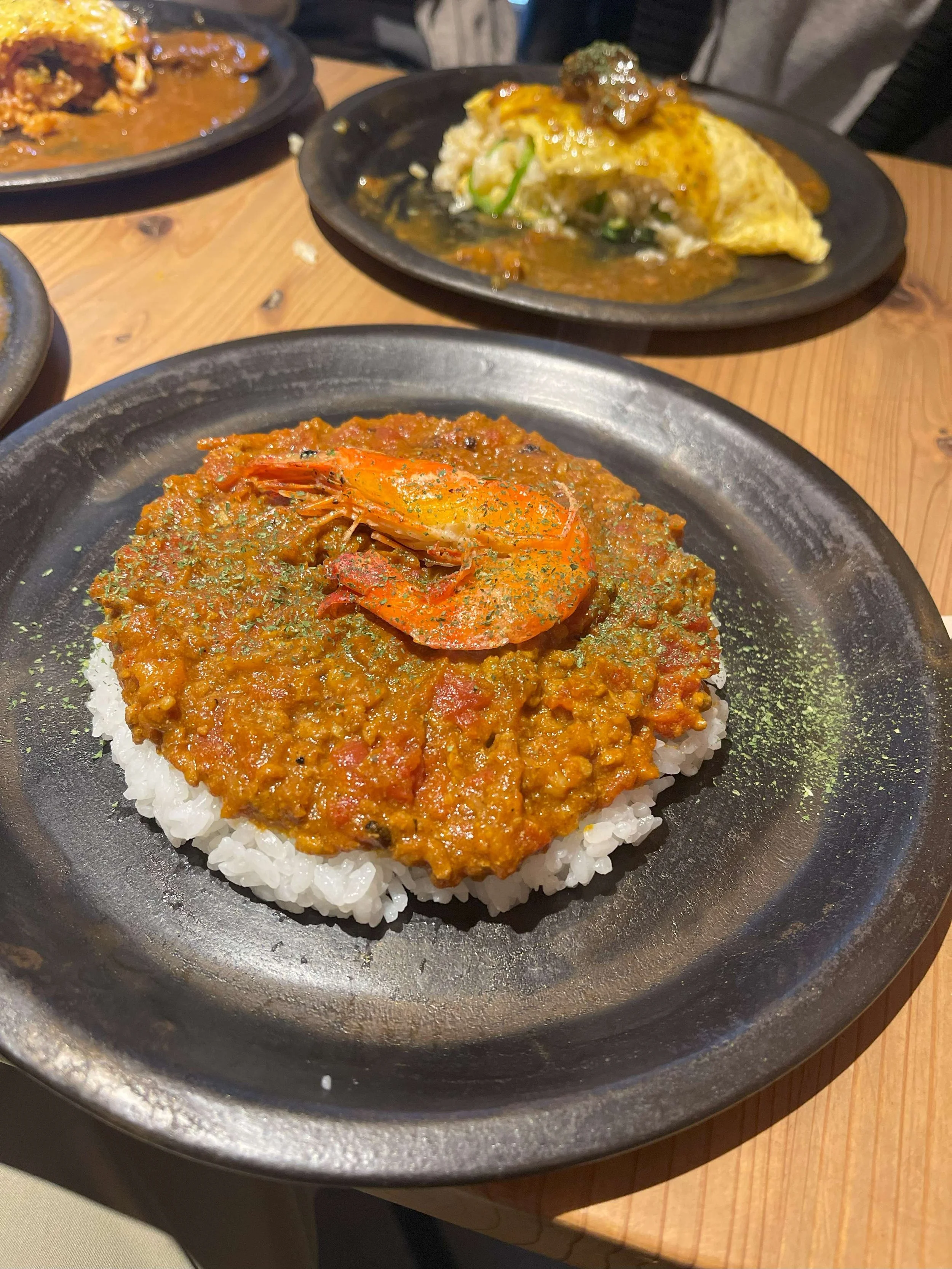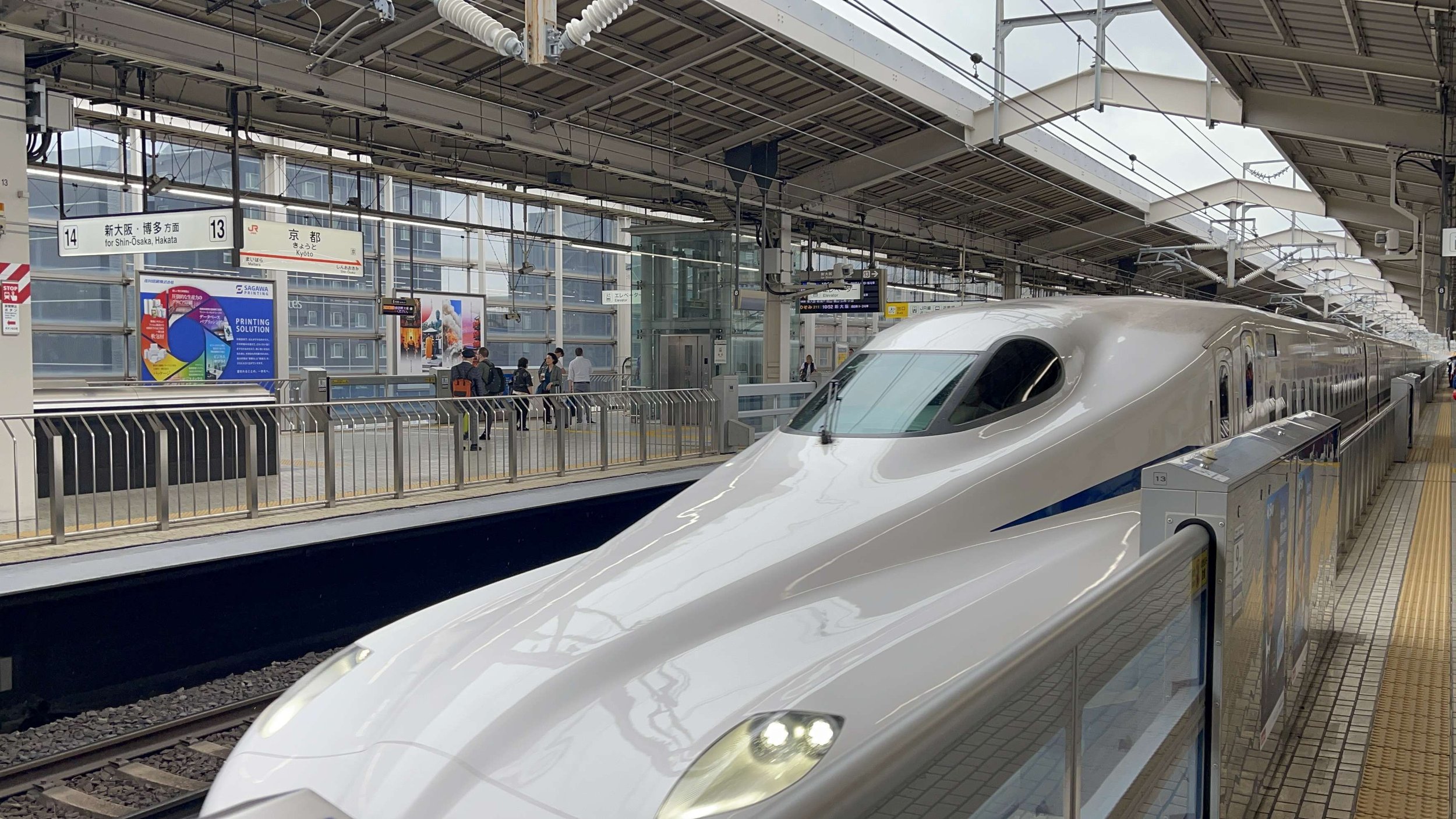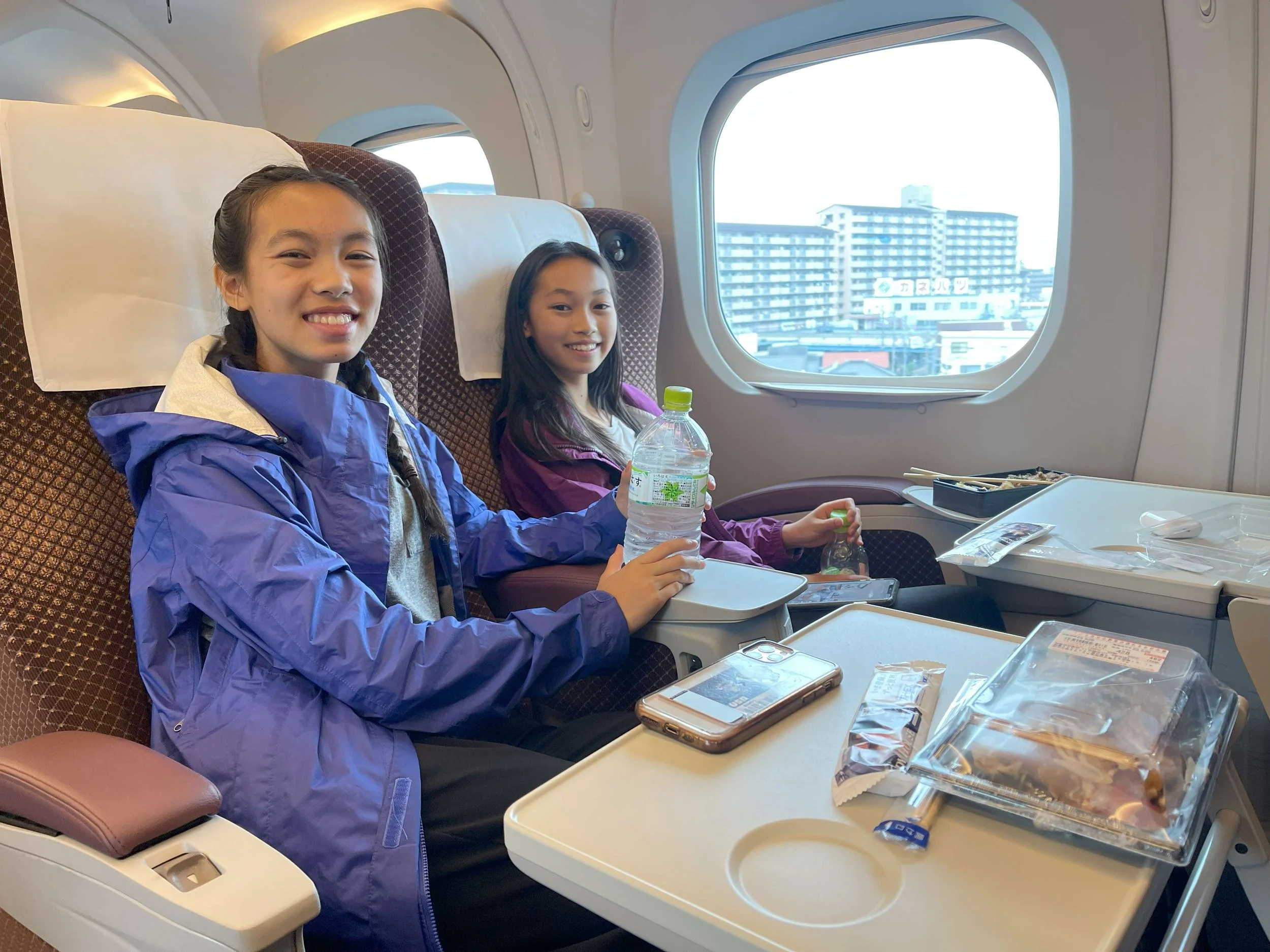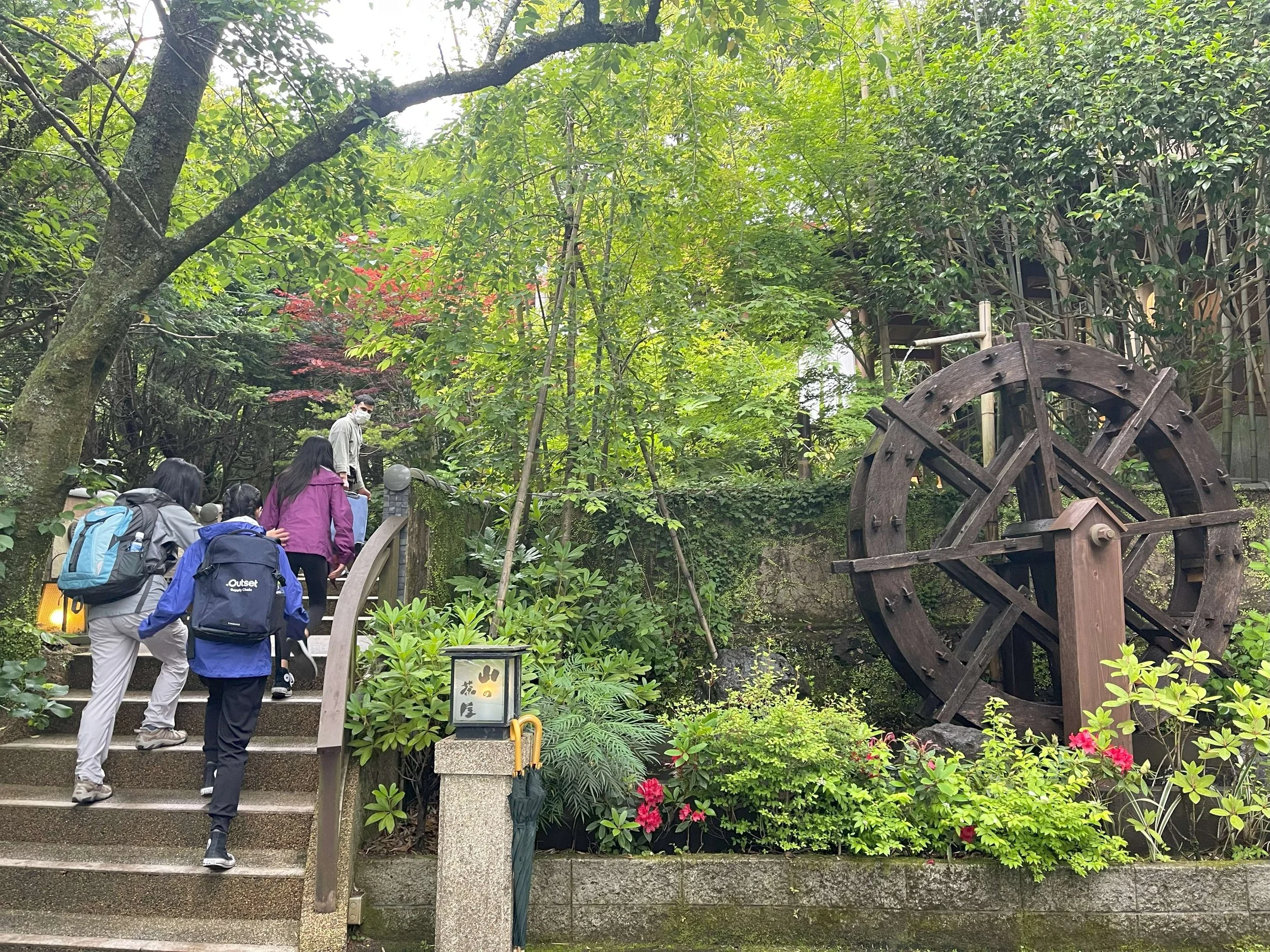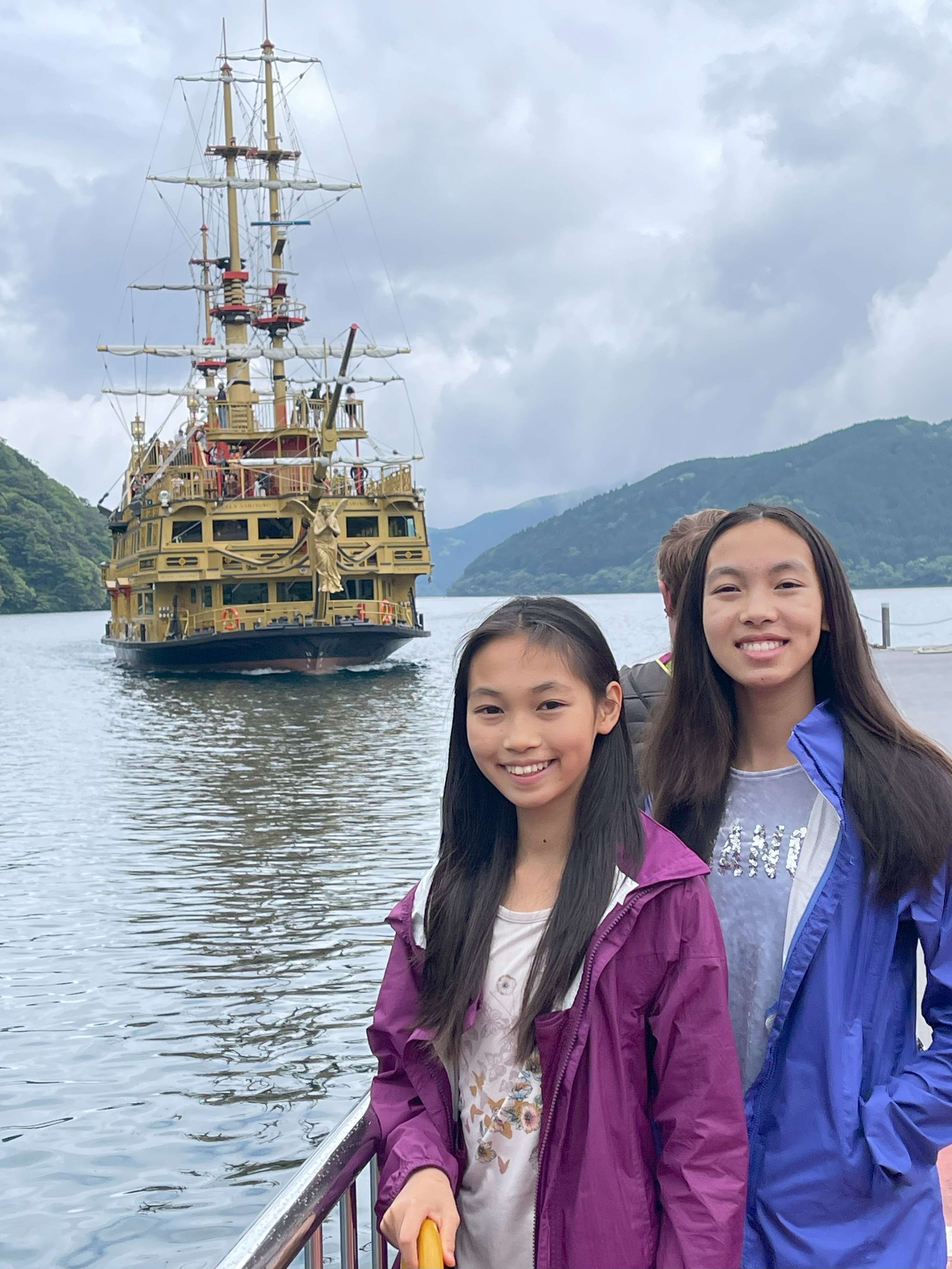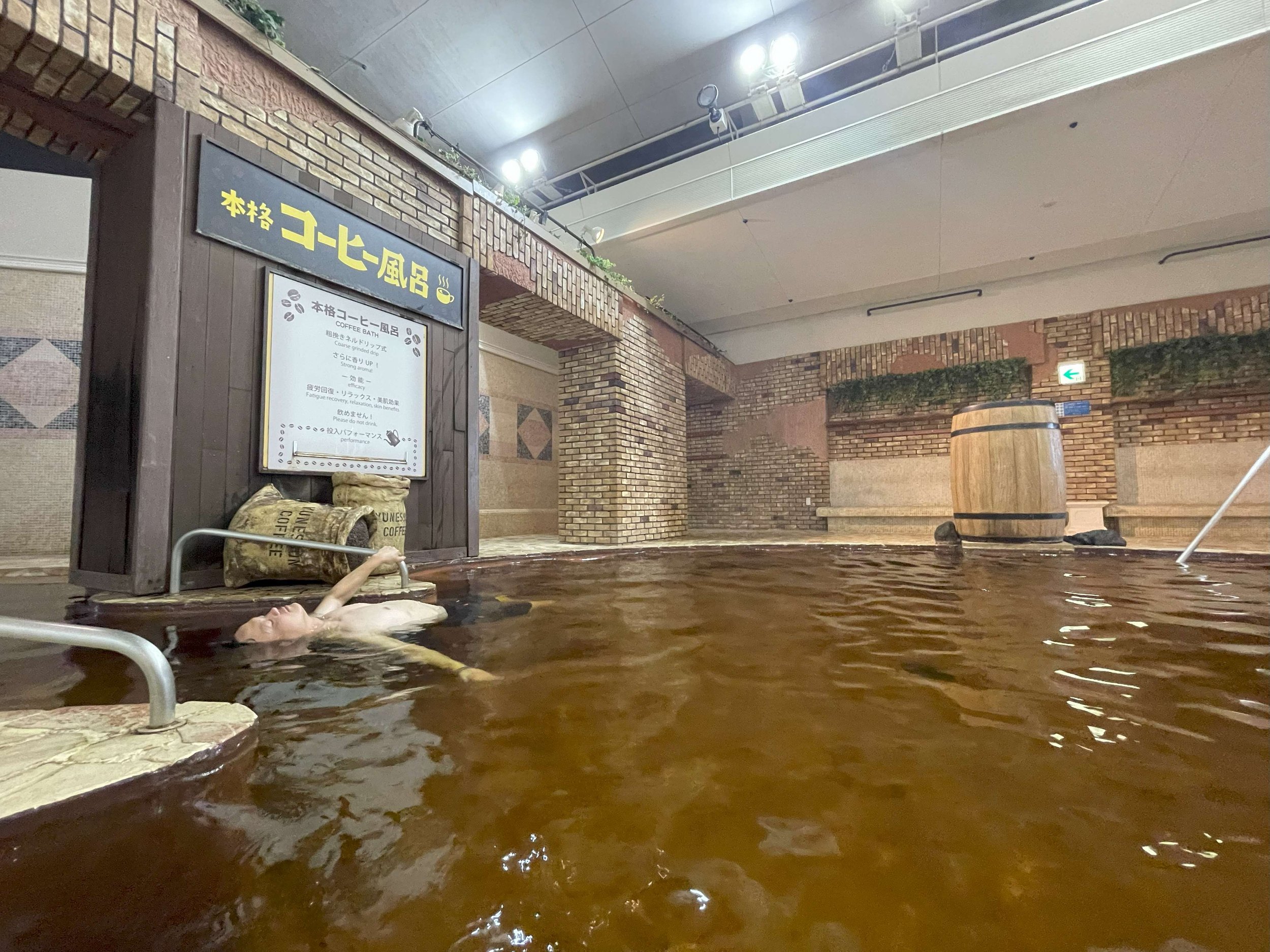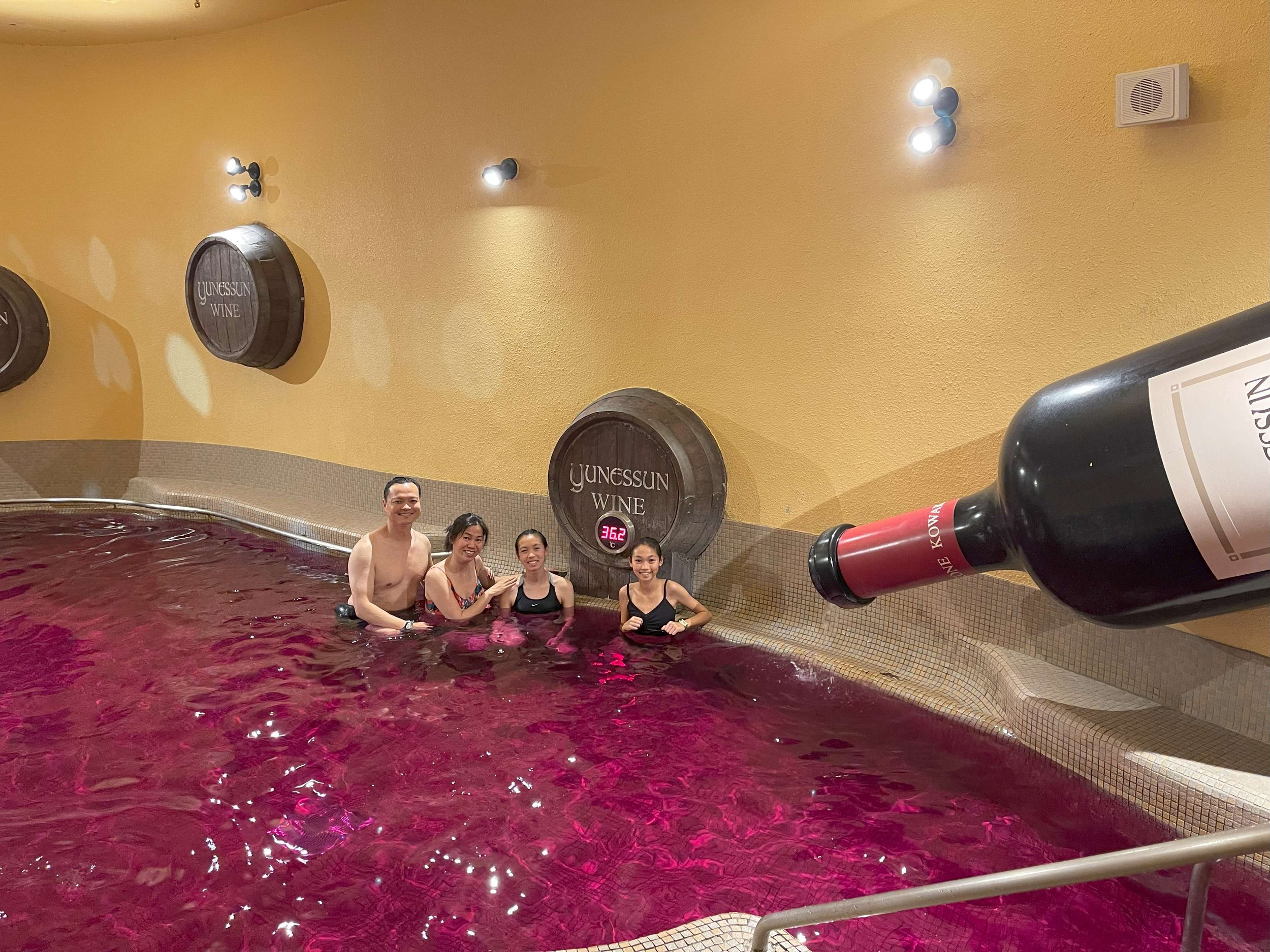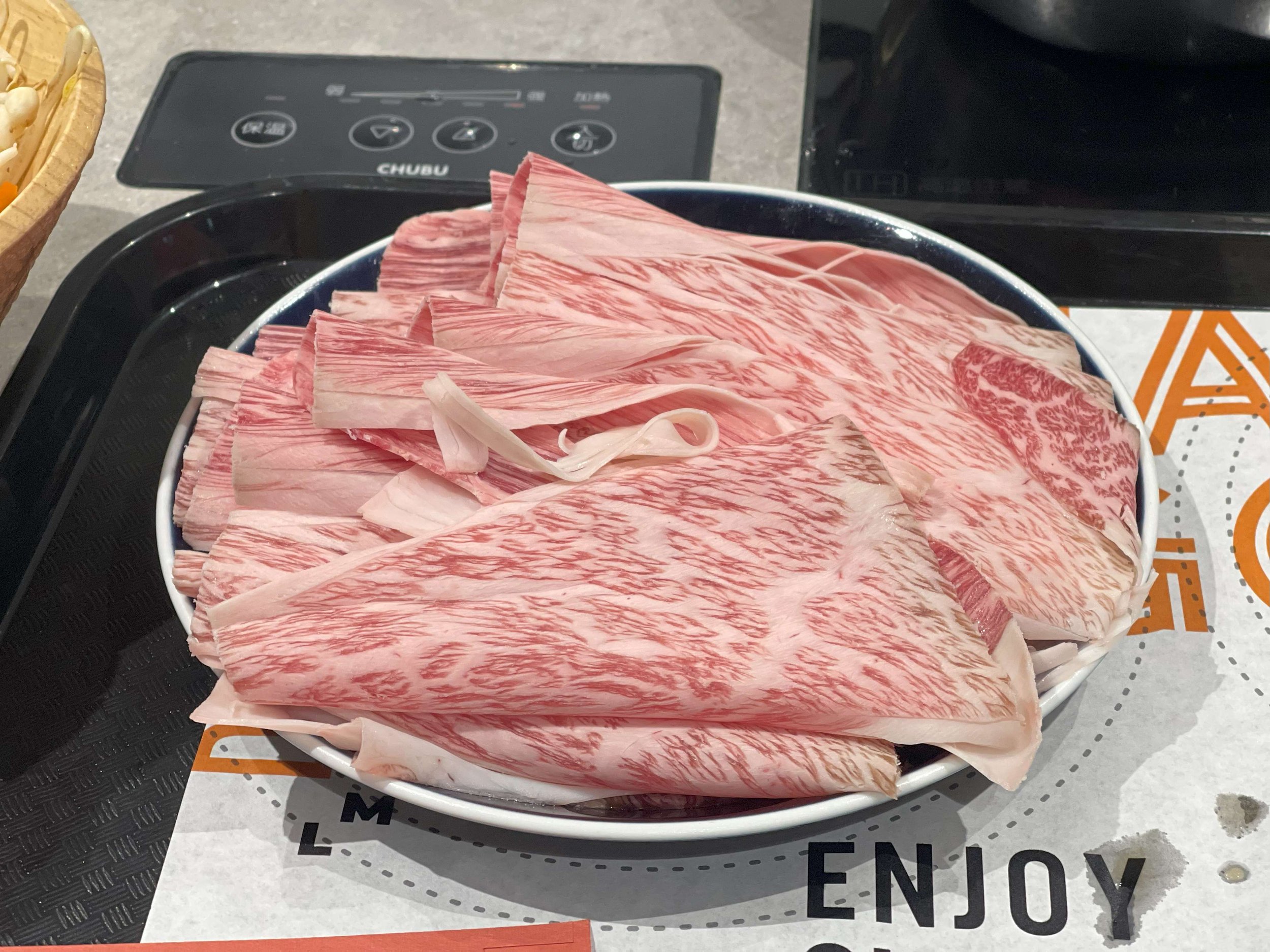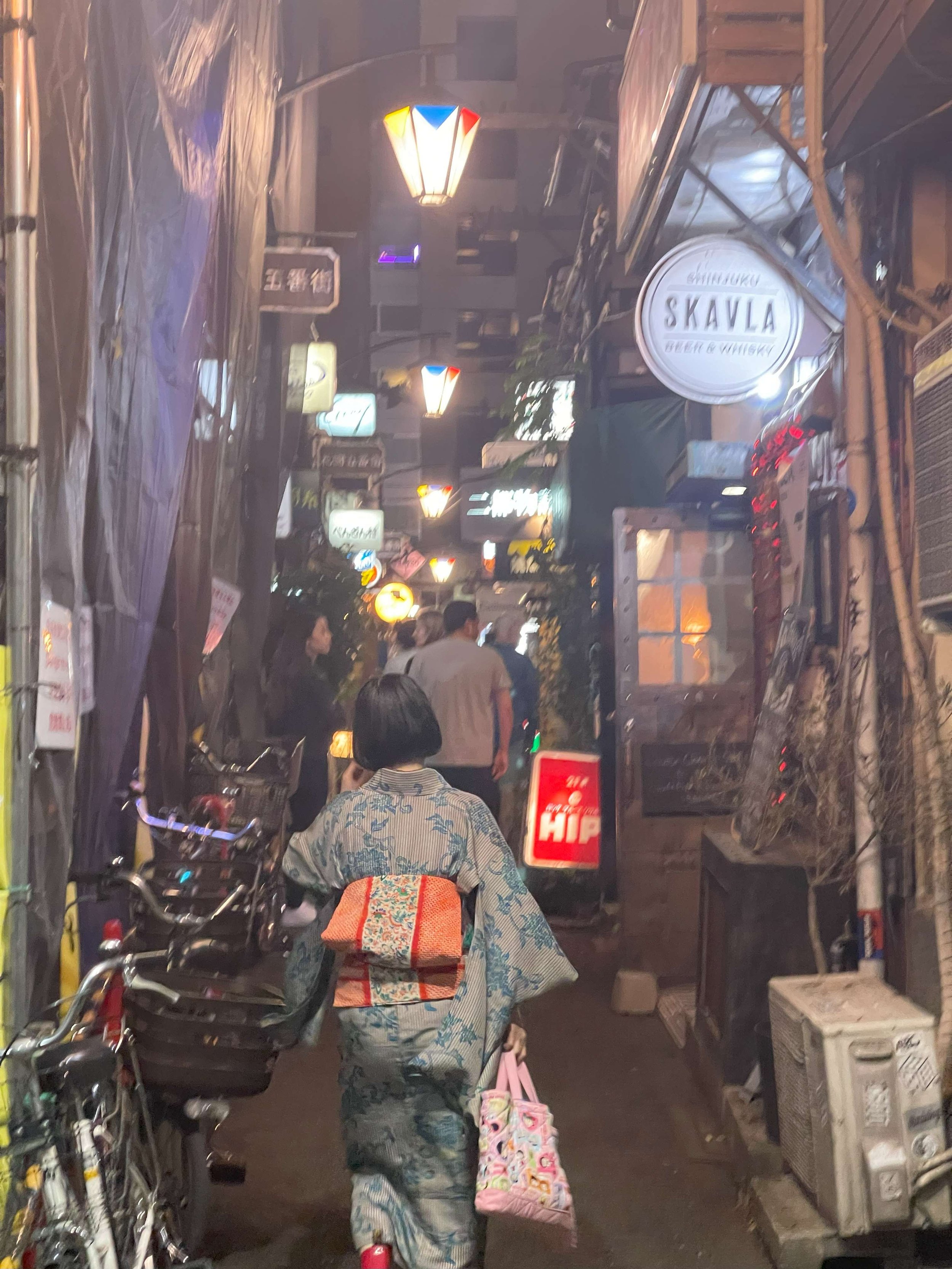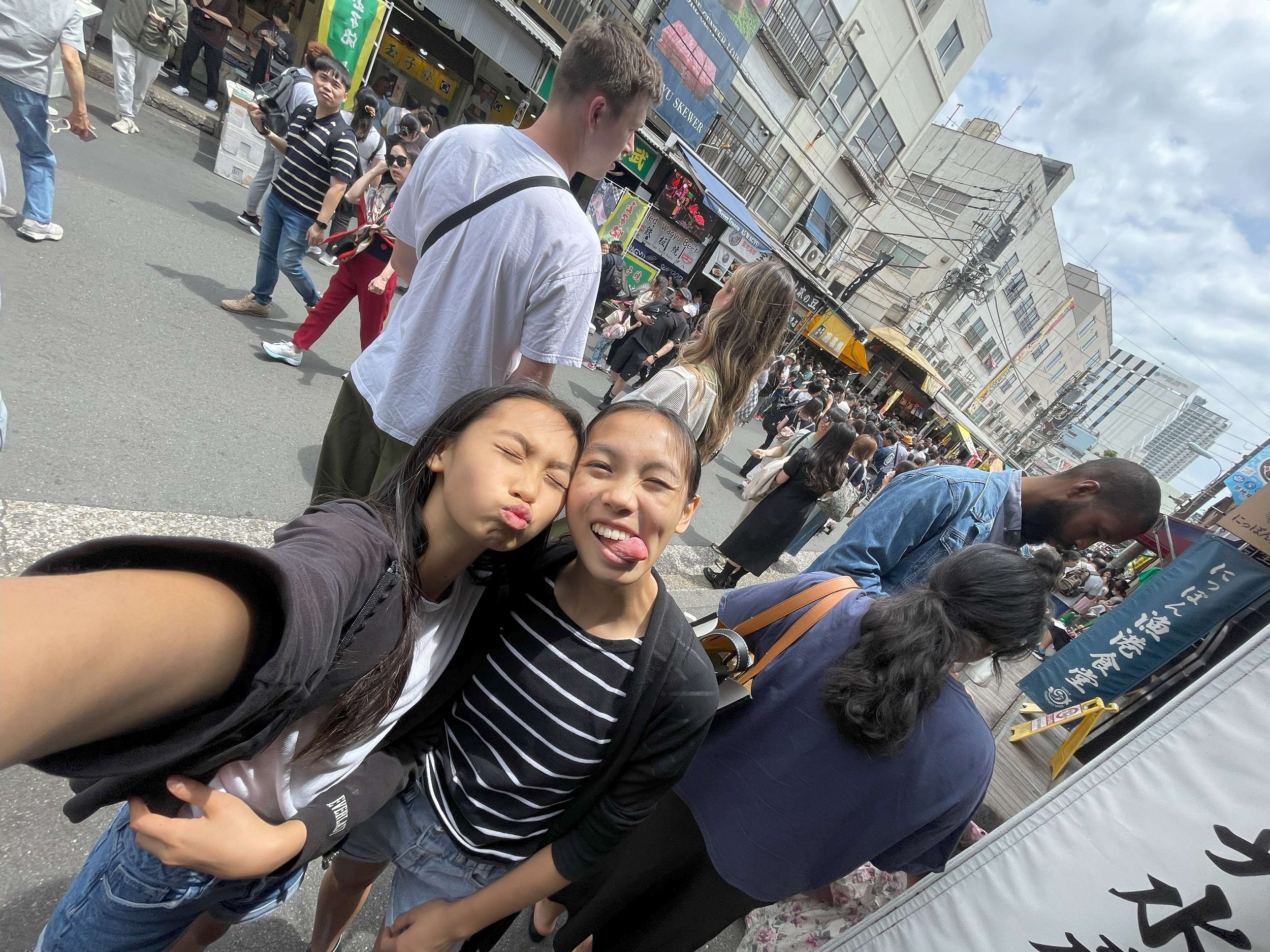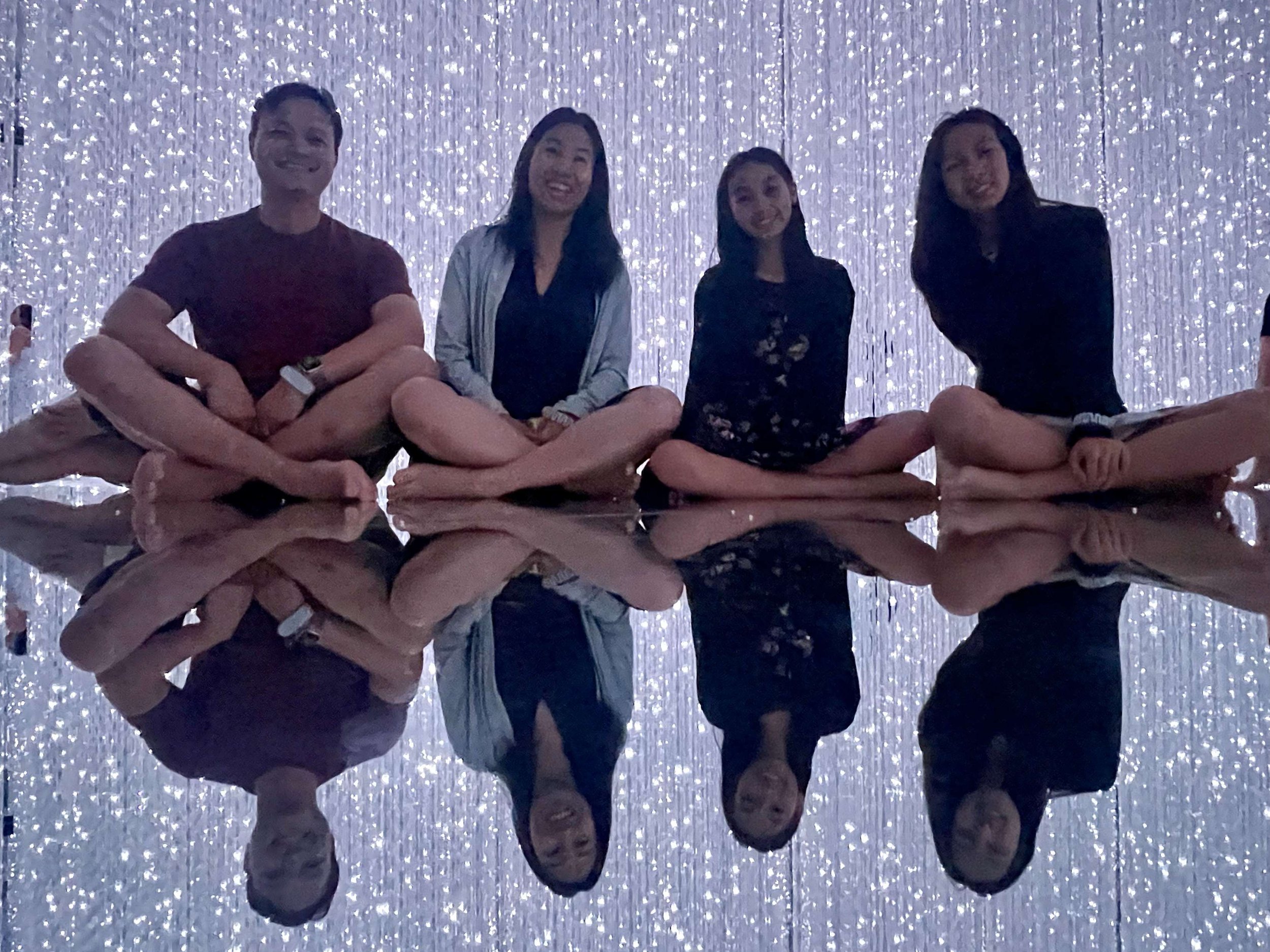Japan
May 25 - June 4, 2023
It’s hard to believe we haven’t left the North America continent for three years! After traveling domestically and to Mexico during this time, it was great to fly across the pond again!
Since this is the first trip to Japan for Megan and the girls, we went with a fairly typical 10-day itinerary, covering Kyoto, Hakone and Tokyo. Kyoto, being the former capital of Japan, has a much more traditional Japanese flare. Hakone is where we splurged for a stay at a ryokan with private hot springs. Tokyo is massive and we only had enough time for selective highlights, but we’re sure we will be back soon!
Day 0 - Fly into Osaka, arrive in Kyoto
Day 1 - East & Central Kyoto - Kiyomizu-Dera, Maruyama Park, Nishiki Market, Nijo Castle
Day 2 - Arashiyama & North Kyoto - Bamboo Forest, Ryoanji Temple, Kinkakuji Temple
Day 3 - South - Fushimi Inari (and Toji Temple)
Day 7 - Tsukiji Market & Asakusa
Voyagers tips:
Itinerary: Covering three cities in 10 days is fairly ambitious but it allows just enough time to hit the highlights. There are plenty of day-trip options from Kyoto and Tokyo that we didn’t get to do, however. You could easily skip Hakone and allow time to take day trips from Kyoto and Tokyo as an option. It’s a good idea to fly into one city and out of another to save time and money.
Transportation: It’s worth considering to fly into one city and fly out of another. This saves a day of traveling back to the originating city, both in terms of time as well as train fare. If you do fly into and out of Tokyo and want to take a trip to Kyoto, JR Pass is currently a great deal as a 7-day pass is cheaper than a round trip ticket between Tokyo and Kyoto. I heard they’re raising the price by 70% later in 2023, so this may no longer be true. Since we’re flying into Osaka/Kyoto and out of Tokyo, it was more economical to skip the JR pass and purchase individual train tickets instead.
IC cards are very handy, pick one up when you arrive and you can use it throughout your Japan trip. You can use it for all subways, most buses, and even for buying things at 7-Eleven!
Subway coverage in Kyoto is not as good as that of Tokyo. Consider using subway to travel around city center, and use taxis for the outskirts such as the Arashiyama Bamboo Forest and the Kinkakuji Temple. You can often get to these places in less than half the time with taxi, especially in the early mornings where you want to hit the popular spots.
Navigation is quite easy with Google Maps, just type in the destination and it tells you exactly how to get there, including the specific entrance number, the platform number, number of stops, and the specific exit number. It works amazingly well!
“Japan Travel” is another popular navigation app, it’s more useful for planning long-distance transportation methods and gives you options of trains and costs from city to city.











